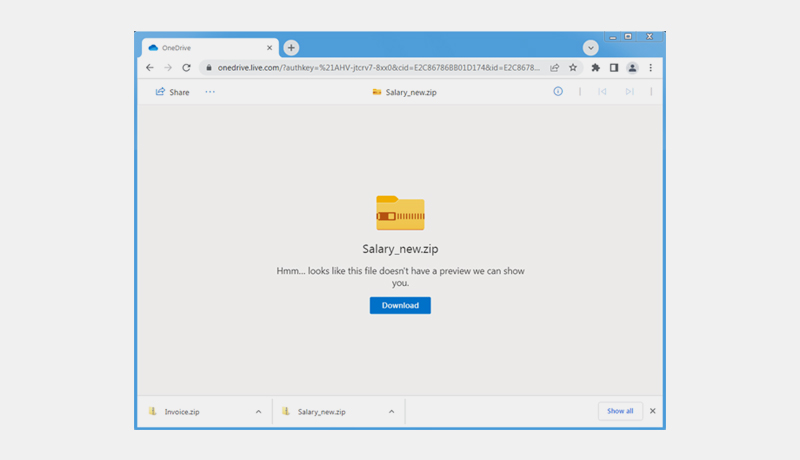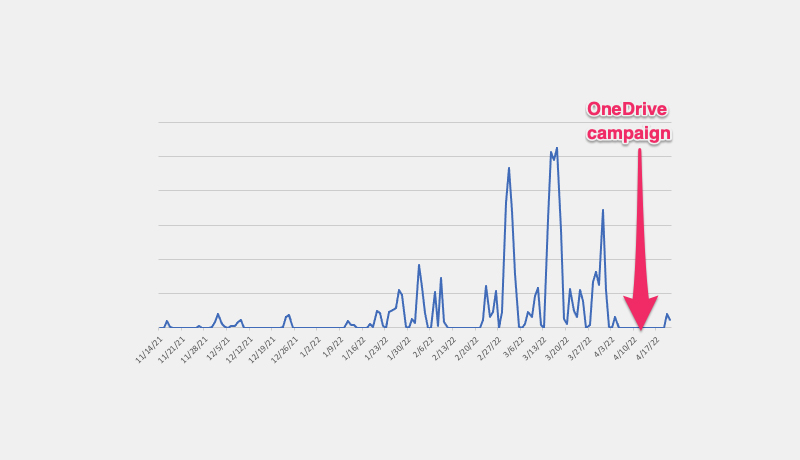
Cybersecurity researchers at Proofpoint, a cybersecurity and compliance company have observed brand new tactics used to distribute the notorious Emotet botnet, indicating that the cybercriminal group (TA542) is testing new attack techniques on a small scale before adopting them for larger volume campaigns.
Emotet is a well-known botnet and Trojan that targets Windows platforms in order to distribute additional malware. Prior to its disruption by global law enforcement in January 2021, it was regarded as one of the most prolific cybercriminal threats.

Proofpoint observed the reemergence of this notorious botnet, Emotet, in November 2021, 10 months after its disappearance from the threat landscape, and since then, the group associated with Emotet, TA542, has targeted thousands of customers with tens of thousands of messages in multiple geographic regions. In some cases, the message volume per campaign exceeds one million.
These new TTPs may indicate that TA542 is now conducting more targeted and limited attacks in addition to the typical large-scale email campaigns.
Sherrod DeGrippo, Vice President of Threat Research and Detection at Proofpoint, said: “After months of consistent activity, Emotet is switching things up. It is likely the threat actor is testing new behaviors on a small scale before delivering them to victims more broadly, or to distribute via new TTPs alongside its existing high-volume campaigns. Organizations should be aware of the new techniques and ensure they are implementing defenses accordingly.”
Proofpoint discovered a low volume of emails containing Emotet. The sender emails appeared to be compromised, and the Emotet spam module did not send them. The subjects were straightforward and contained only one word, such as “Salary.” The email bodies only contained OneDrive URLs and no other content, and the OneDrive URLs hosted zip files containing Microsoft Excel Add-in (XLL) files.

According to a recent Proofpoint research, Business Email Compromise (BEC) topped the list of types of attacks CISOs in UAE and KSA expect to face in the coming months, with 25% and 37% respectively being concerned of potential BEC attacks
The identified Emotet activity differs from previously observed campaigns in the following ways:
Nevertheless, Proofpoint analysts attribute this activity with high confidence to threat actor TA542 because since 2014 the actor closely controlled the Emotet malware and is not rented it to other actors.
Proofpoint observed the activity between April 4, 2022, and April 19, 2022, when the widespread Emotet campaigns were on hold (a “spring break”). Since then, Emotet has resumed its high-volume campaigns. While on vacation, TA542 continued developing and testing new attack vectors, specifically OneDrive URLs and XLL files, in preparation for use on a larger scale, according to Proofpoint researchers.
Furthermore, TA542 is interested in new techniques that do not rely on macro-enabled documents, which is noteworthy because Microsoft is making it increasingly difficult for threat actors to use macros as an infection vector. Typically, threat actors using macro-enabled attachments, such as TA542, rely on social engineering to convince a recipient that the content is trustworthy and that enabling macros is required to view it.
